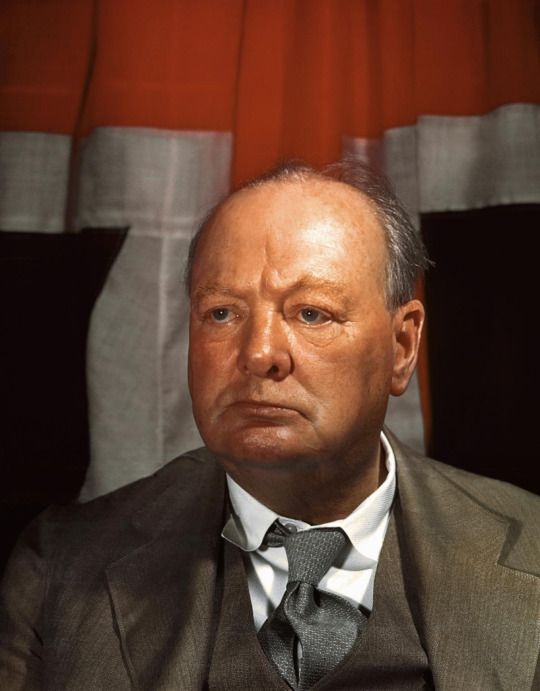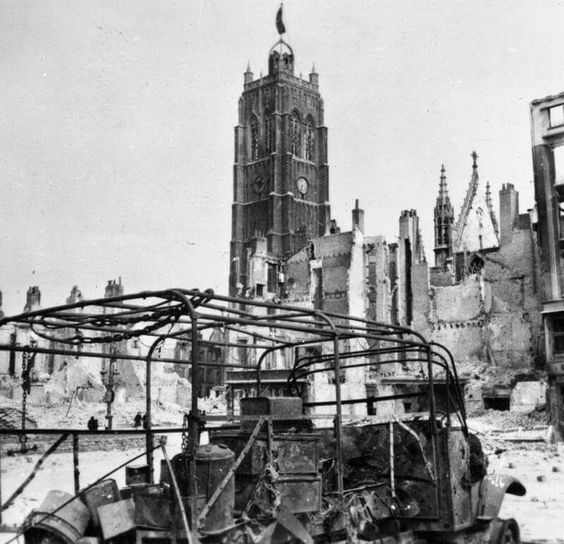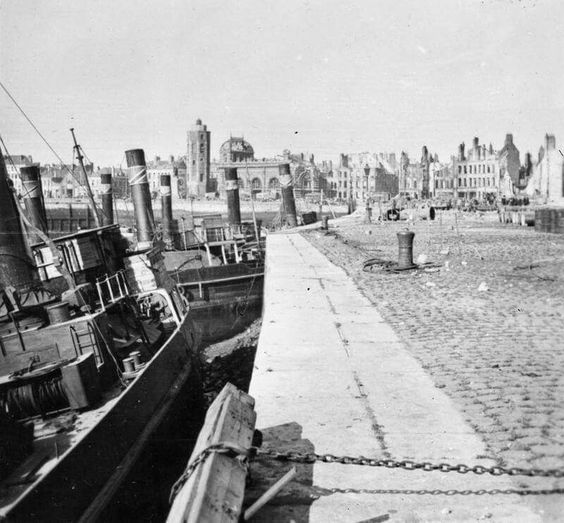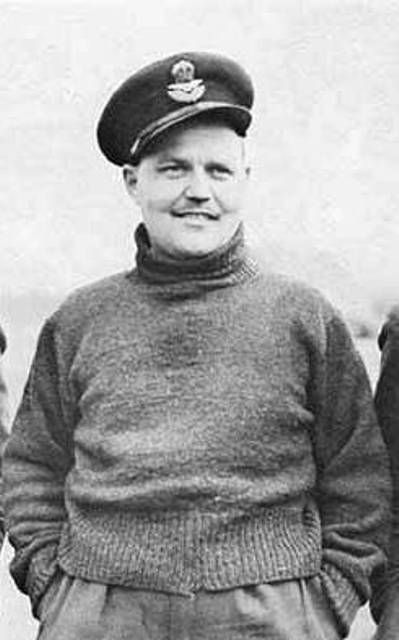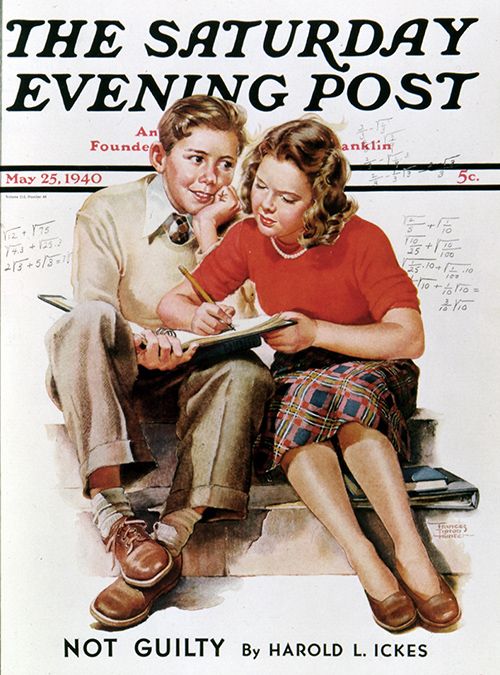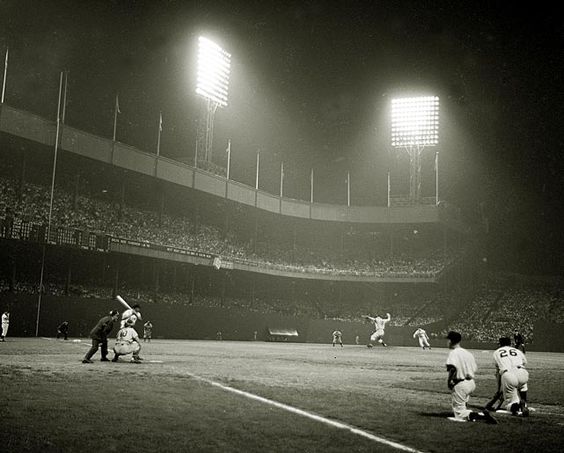Wednesday 5 June 1940
There are 119 German Divisions (sources vary depending upon which formations you include), including 10 panzer divisions, led by Panzer Group Guderian (Panzergruppe Guderian) and Panzer Group Kleist of First Panzer Group (Panzergruppe 1) of the 47 divisions of Army Group A (General von Rundstedt). Army Groups A and C also are participating.
Opposing the Wehrmacht along the line of the Somme are 65-66 mainly French divisions in Army Groups 3 (coast) and 4 (the Aisne), including 3 armored formations and 3 mechanized divisions. The British 1st Armored Division and Canadian 1st Infantry Division are involved in the defense.
The French defense is complicated by the elimination of the BEF, including its large French formations, and by the fact that there has not been sufficient time to trans-ship those forces rescued in Operation Dynamo back to France at Cherbourg, or move them forward to the front line.
The French line is known as the Weygand line and is based on a "hedgehog" strategy of fortified villages and other strong points. This is a defense "in depth" rather than a strictly linear defense of trenches. The Weygand Line ties into the Maginot Line at Montmédy. The French must defend an elongated front with fewer troops than they began the war with, while the Wehrmacht is near full strength. Having occupied former battlefields, the Germans have been able to recover much of their damaged equipment and repatriate some prisoners.
General Weygand issues an order of the day stating:
"The battle of France has started. Hold on to the soil of France, look only forward...."The German 4th Army (Colonel-General Günther von Kluge) is opposed by the 51st Highland Division and takes a few bridgeheads across the Aisne. During the afternoon, it takes Saigneville, Mons, Cantigny, Pendé, and Tilloy. Some British troops of the 7th Argylls are surrounded at Franleu, and a relief attack fails. At day's end, the line is at Tœufles, Zoteux, and Frières, while the 152nd Infantry Brigade is on the Blangy-Abbeville road.
French artillery at Amiens proves decisive in frustrating German advances in that sector. However, operations on the first day show that the French hedgehog positions are unable to give each other mutual support, and the Germans can infiltrate between them. General Rommel's 7th "Ghost" Panzer Division makes gains of roughly 10 km, but there is no breakthrough.
European Air Operations: The Luftwaffe sends 30 bombers against the southeast British coast, causing minor damage. This is sort of "armed reconnaissance," as the Luftwaffe has little experience attacking southern England.
The RAF retaliates by bombing railways and oil storage facilities in the Rhineland and nearby points during the night. Oil tanks are set ablaze in Frankfurt and Mannheim.
The RAF Bomber Command also sends 23 aircraft against the German troops advancing across the Somme.
Hauptmann Werner Mölders, on his 133rd combat mission of the war, and in aerial combat for the 32nd time, is shot down near Compiègne at about 18:40 by Sous lieutenant René Pomier Layrargues, flying a French Air Force Dewoitine D.520. Mölders survives, though he is roughed up by his captors. Leyrargues is shot down 30 minutes later and killed. Mölders is the first German ace with 25 aerial victories to his credit and is the Gruppenkommandeur of III/JG 53.
Battle of the Atlantic: U-48 (Korvettenkapitän Hans Rudolf Rösing) sinks 798-ton British freighter Stancor about 80 miles northwest of the Butt of Lewis, Scotland at 23:18. All 19 aboard survive.
Swedish freighter Skandia hits a mine and sinks. The mine was laid by the British submarine HMS Seal.
British ship Capable hits a mine in the English Channel and sinks.
German minesweeper M-11 hits a mine laid by the British submarine HMS Narwhal and sinks.
Convoy OA 162 departs from Southend, Convoy OB 162 departs from Liverpool, Convoy OG 32 forms at Gibraltar, Convoy HX 48 departs from Halifax.
 |
| Bjerkvik at the head of the Herjangs Fjord, opposite Narvik, is shelled by the Royal Navy, 5 June 1940. |
The Norwegian army knows that the Allies are leaving, but launches one last attack on General Dietl's mountain troops clinging to Norwegian territory east of Narvik.
French Government: Prime Minister Paul Reynaud removes former Prime Minister Daladier from the government, assuming his responsibility for Foreign Affairs himself. General de Gaulle, who has had little military success but at least represents an aggressive spirit, is named Under-Secretary of Defense.
Daladier has shown shaky judgment, but more importantly, he has alienated such important figures in the government as General Petain and Reynaud's mistress, Countess de Portes.
Reynaud phones Roosevelt and requests assistance.
German Homefront: Hitler broadcasts a patriotic appeal on the beginning of the invasion of France proper:
[F]rom today throughout the whole of Germany the flags shall be flown for a period of eight days. This is to be a salute for our soldiers. I further order the ringing of bells for a period of three days. Their sound may unite with the prayers with which the German nation will once again accompany her sons from this day forward.China: At the Battle of Tsaoyang-Ichang, the see-saw battle continues, as the Japanese 11th Army captures Shayang.
Japanese air raids on Chungking kill 1500 civilians.
British Homefront: Strikes are forbidden, which affects mainly coal-miners in the north. Farmers must maintain their farms. Workers are discouraged from taking holidays.
Prime Minister Churchill's "We shall never surrender" speech of 4 June resonates, although the message may have been slightly different than what Churchill intended. The Guardian notes that the "House of Commons is still trying to adjust to one of the gravest speeches ever made to it." Overall, though, the speech, perhaps the finest and most memorable of the 20th Century, resonates among all sectors of the populace.
As the BEF troops rescued from Dunkirk filter back into England, there are many joyous reunions as soldiers return to their families and loved ones who have had no information from them in weeks. Of course, there also is some sad news, but almost all of the British men have returned.
American Homefront: B.F. Goodrich Co. in Akron, Ohio exhibits the first synthetic rubber tire.
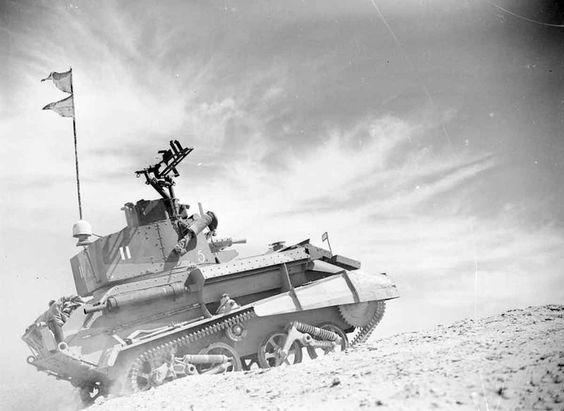 |
| A Light Tank Mk VI of 8th Hussars in the western desert of Egypt, 5 June 1940. |
June 1, 1940: Devastation at Dunkirk
June 2, 1940: Hitler Visits France
June 3, 1940: Operation Paula
June 4, 1940: We Shall Fight
June 5, 1940: Fall Rot
June 6, 1940: Weygand Line Crumbling
June 7, 1940: British Evacuating Narvik
June 8, 1940: Operation Juno
June 9, 1940: Norway Capitulates
June 10, 1940: Mussolini Throws Down
June 11, 1940: Paris an Open City
June 12, 1940: Rommel at St. Valery
June 13, 1940: France Goes Alone
June 14, 1940: Paris Falls
June 15, 1940: Soviets Scoop Up Lithuania
June 16, 1940: Enter Pétain
June 17, 1940: The Lancastria Sinks
June 18, 1940: A Day of Leaders
June 19, 1940: U-boats Run Wild
June 20, 1940: Pétain Wilts
June 21, 1940: Hitler's Happiest Day
June 22, 1940: France Is Done
June 23, 1940: Hitler in Paris
June 24, 1940: Six Million Jews
June 25, 1940: German Celebrations
June 26, 1940: USSR Being Belligerent
June 27, 1940: Malta in Peril
June 28, 1940: Channel Islands Bombed
June 29, 1940: Gandhi Insists on Independence
June 30, 1940: Channel Islands Occupied
2020

